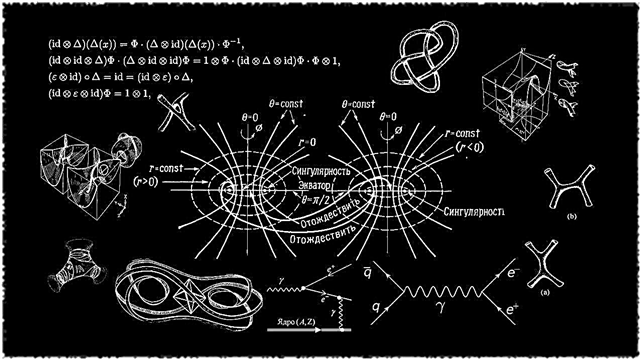
In the legendary and indestructible Roman Empire, they spoke Latin. The reason for this lies in historical and political events.
Reasons for the appearance of the Italian language
To understand the reason for the appearance of the Italian language, it is necessary to return to the distant past. A tribe lived on the territory of the Apennine Peninsula at the mouth of the Tiber River. This happened around the beginning of the 1st millennium BC. This territory had the geographical name Latsium. The local population used the Latin language for communication. Rome served as the central part of this area. The tribes that gradually inhabited Latsium and occupied the territories around the center began to be called the Romans.

The history of the ancient Romans is associated with the numerous conquests of the territories and tribes that inhabited them. The area of conquest stretched over a vast space. It covered the land from the Iberian Peninsula and up to the Dniester. At the same time, every people conquered by the ancient Romans spoke their own language.
Interesting fact: gradually in Latin began to appear separate new words, which more and more changed the original version of the language. Already at this historical stage, the Romans stopped talking in pure Latin.
The fall of the Roman Empire led to the emergence of several new separate states in its former territory.Locals still used Latin in classical form, but only as an official language. In Latin, education, research, paperwork, and worship in the Catholic churches were conducted.
In everyday life, many adverbs were used, which were very different from the official language. Over the years, a kind of colloquial form of the Latin language has formed. It is called folk Latin. Later, it was folk Latin that served as the basis for the new languages of this group, namely, Romance.

The emergence of the Italian language
Compared to other languages of the Romanesque group, Italian began to form much later. There are several reasons for this. First of all, Italy was distinguished by a lack of political integrity. The people did not feel the need for one common language, since residents of different parts of the state spoke different dialects. However, this was not a problem, as they could easily communicate with each other due to the similarity of the dialects.
The second reason is the popularity and prevalence of the classical version of Latin on the Apennine Peninsula. Compared to the rest of the provinces of the Roman Empire, Latin was more powerful here.
The approximate date of the beginning of the formation of the Italian language is considered to be the 14th century. Its emergence and adoption in Italy has contributed to cultural development. Namely - the emergence of legendary literary works written by Giovanni Boccaccio, Francesco Petrarch and Dante Alighieri.
Interesting fact: in their works, the mentioned authors used the spoken, folk language that the inhabitants of Florence used during this period of time.
However, the final period of the formation of the Italian language is considered the end of the 19th century. It was at this time that Italy turned from a fragmented state into a single, fully formed state. Consequently, there was a need for a common language, which they began to use not only for ordinary communication, but also in all areas of activity.
Latin began to be used by the tribes who inhabited the Lacium region on the Apennine Peninsula. Gradually the strongest Roman Empire was formed. The conquest of many other tribes became the cause of the "dissolution" of the Latin language in their dialects. After the collapse of the Roman Empire and the formation of new states, new dialects began to appear. So the Italian language was formed, which became official during the formation of Italy as a state.












